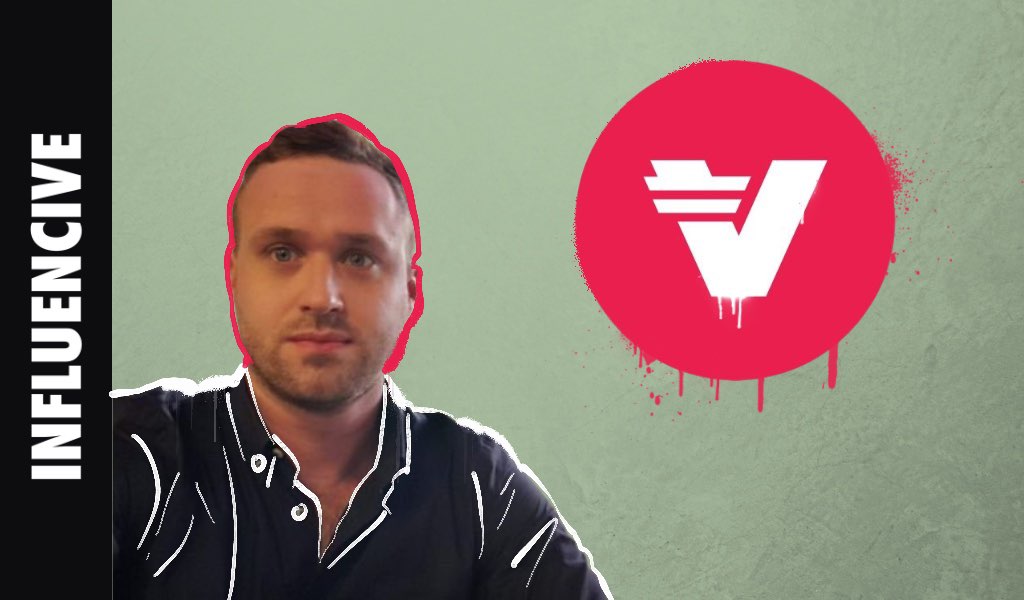With adtech based on open ledger principals, Verasity has found a niche well beyond web2. We met up with their CMO, Elliot Hill to learn more on what this protocol has to offer the world of web3.
With a background in Research, Elliot ditched his education in biogeochemistry to go full time crypto about 6 years ago. He started off with ample curiosity, writing articles about projects that interested him. The Cardano ecosystem intrigued him, mostly because of their underdog status but also because he enjoyed seeing competition in the world of decentralization.
Advertising is one of those sectors where competition reigns supreme, and Verasity became his next passion. An ecosystem for publishers, Verasity provides open access and tools in web2, and more recently with the launch of Vera Ads, they’re targeting web3 publishers. In general, they help clients monetize their content through video programmatic capabilities.
Maintaining links with all major ad networks, Verasity has a video player with its own built- in ad stack. Web3 comes into play with their Proof-of-View module, or their model for storing data for ad campaigns. “Within that we have quite a powerful machine learning and AI based module which filters out all sorts of bad stuff from a campaign. So fake views, bots and ads that weren’t visible,” Elliot said. This information is stored on VeraChain, their own blockchain, which is the magic sauce that separates them from other video programmatic players.
VeraViews is their stand-alone ad stack. It sits in the web2 space serving traditional publishers but on the back end they are using blockchain. By bringing this tech to actual web3 products, Verasity plans to show this industry how much more revenue they can make using solutions like VeraAds.
Gaming will be a large sub sector of that target audience and Verasity recently joined Neo Tokyo to break into that ecosystem. They tend to target mid to large tier publishers, but that doesn’t preclude them from working with smaller outlets. There are numerous projects that can benefit from monetization through ads. And Verasity provides a platform that can prove views and impressions are real by providing on chain and verifiable data.
So how does this look? Let’s say your project published content on YouTube. You are now at the mercy of YouTube and what they want to pay you for ads, which is typically very low. Verasity adds a new option where projects can publish content on their own site, while still being directly plugged into advertising networks resulting in higher revenues from your own hosted content.
At this point the Verasity token, VRA, comes into play. Advertisers need to fund their campaigns and they do this by locking in VRA tokens in escrow. For their web2 clients, Verasity allows them to pay in fiat and they exchange that to VRA to lock it into an escrow on their behalf.
“So, it’s basically like a circular ecosystem where tokens are sort of locked into escrow for funding campaigns, with data circulation tokens burned and minted as they’re required,” explained Elliot.
While VeraEsports was like a steppingstone into blockchain and web3 gaming, Verasity’s next step is working directly with established content creators, providing them with the tools they need to share and monetize their content in a transparent manner. Whether its match play, highlights, or tournaments, gamers and developers can easily monetize the quality content they are already making. With Verasity they can take it to their own platform, and still monetize.
Verasity is basically trying to educate web2 publishers on the benefits of using a blockchain solution and why they don’t have to be scared of blockchain. And then on the other hand, educating web3 companies on the fact that they could be making a lot more revenue through the same means as web2 and traditional publishers. “So, it’s a really interesting position to be in and I think it’s going to bring a lot of beneficial use cases to blockchain,” Elliot said.
The full interview from @howimetweb3 is available here on Spotify:
Opinions expressed here are opinions of the Author. Influencive does not endorse or review brands mentioned; does not and cannot investigate relationships with brands, products, and people mentioned and is up to the Author to disclose. Accounts and articles may be professional fee-based.

